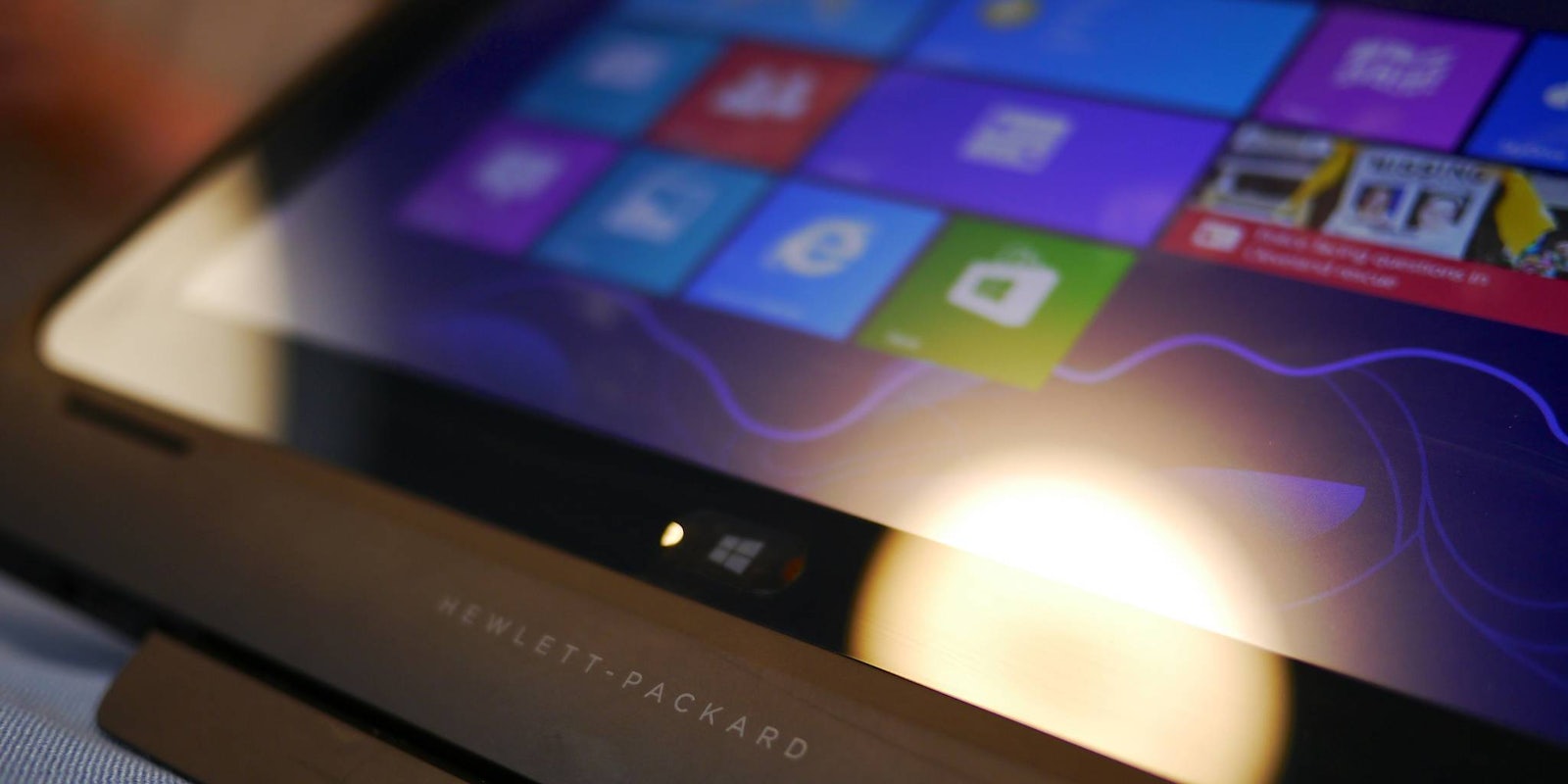Everyone hates bloatware, including Microsoft apparently.
For years, laptops and desktops that have come from various manufacturers like HP, Lenovo, and Dell have included programs that usually eat ram and bloat the overall Windows experience.
With Windows 10 Microsoft wants to make one, unified operating system across computers, tablets, and phones. That means trying to keep the recovery image as small as possible, especially for phones and tablets in which storage space is already limited. In turn this will mean that computer manufacturers can’t throw third-party garbage on your machine. Wrote Microsoft:
We are also redesigning Windows’ Refresh and Reset functionalities to no longer use a separate recovery image (often preinstalled by manufacturers today) in order to bring Windows devices back to a pristine state. This reduces Windows’ storage footprint further as the recovery image on typical devices can range in size from 4GB to 12GB, depending on the make and model. Phones already have a storage-optimized recovery solution, so, unlike compression, this enhancement is only for tablets, laptops, and desktops.
It appears that Windows users will finally get the same computing experience that Apple users have become accustomed to with Mac OS.
Bloatware has been a troubling trend for some time, though it’s been making headlines. Lenovo recently got in a lot of trouble by knowingly loading its machines with Superfish, adware that intercepts a users private data for advertising purposes. Other than exploiting an end-users’ trust, Superfish also leaves massive vulnerabilities for hackers to exploit. This makes passwords from bank accounts to Facebook vulnerable.
This doesn’t necessarily mean that manufacturers can’t throw bloatware on machines, but it does mean that a system reset should net you a clean version of Windows 10.
H/T Lifehacker AU | Photo via K?rlis Dambr?ns/Flickr (CC BY 2.0)
